The photograph above shows Hobart’s Campbell Street Gaol in 1960, looking through the inside gates to the outside world, as a warder opens the main gates. It was taken by police photographer, Wilf Elvey and is from Brian Rieusset’s private collection.
“It is through these forbidding gates that everyone including warders, prisoners and visitors, including myself, came to enter the gaol, until the gaol was demolished in 1963.” Brian Rieusset, private communication, 2017.
Huge Bunches of Keys, Massive Gates
In the 1950s a young teenager, Brian Rieusset, was an altar boy for the Chapel at the Campbell Street Hobart Gaol.
“I naturally was fascinated by my ability to enter the forbidden vast high walls of the gaol and walk calmly through the yards with warders carrying huge bunches of keys opening the massive gates, finally admitting us into the chapel which had remained virtually untouched since the convicts first used it in 1831.” Brian Rieusset.

“I never had any fears for my safety and regularly conversed with a variety of prisoners after the services who told me brief stories of the history of the building and quite often the crimes which had led them to be in gaol. It was not surprising to read of some serious crime during the week, even a murder, then having the accused there before me attending the service.”
Wilf Elvey, Police Photographer
The photographs in this post were taken by special constable with the Tasmanian Police, Wilf Elvey. In 1955, aware of the imminent closure of the goal, Controller of Prisons, Michael Hornibrook, asked Wilf to photograph it. Parts of the gaol, such as the southern wing, dated back to 1813.
Wilf Elvey’s photographs were taken in a private capacity, on a weekend. The gaol still housed prisoners but no inmates were to be photographed.
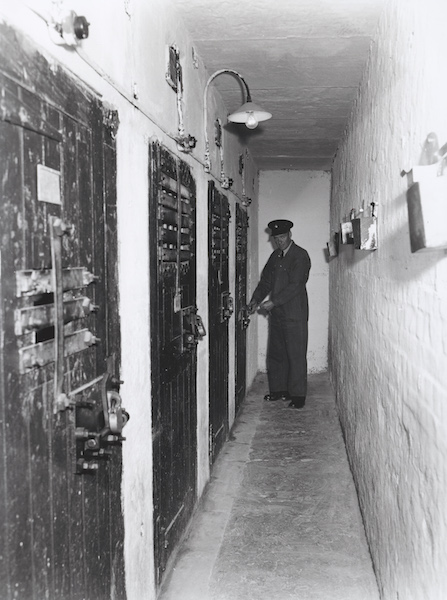
Wilf was appointed police photographer in 1959, and attended the gaol to photograph the prisoners. He resigned from the Police Force on 4th January 1963, but continued to work as a photographer for various Tasmanian Government agencies. He retired in the 1990s and passed away in recent years.
The Campbell Street gaol closed in 1960 and by 1966 much of it had been demolished.
Restoration
“When the prisoners were moved to Risdon Prison in 1960 we naturally relocated the weekly services to the new chapel there. But I kept an interest in the Campbell Street building which still housed the Hobart Supreme Courts. I always envisaged that the building would make an important Colonial Museum, but who was I to bring this to fruition?” Brian Rieusset, 2017.
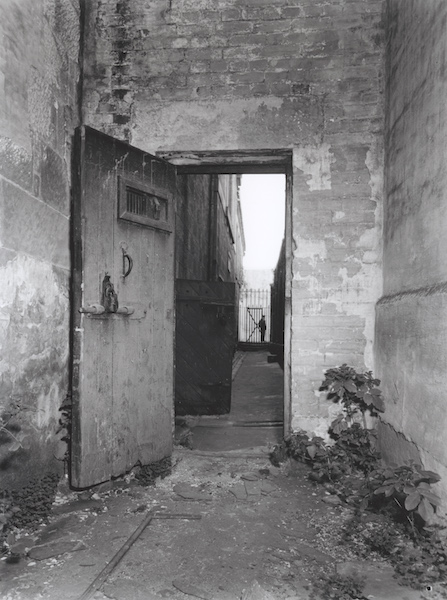
By the mid 1980s the Chapel buildings were becoming dilapidated. Brian helped to encourage the National Trust Tasmania to take over management of the site.
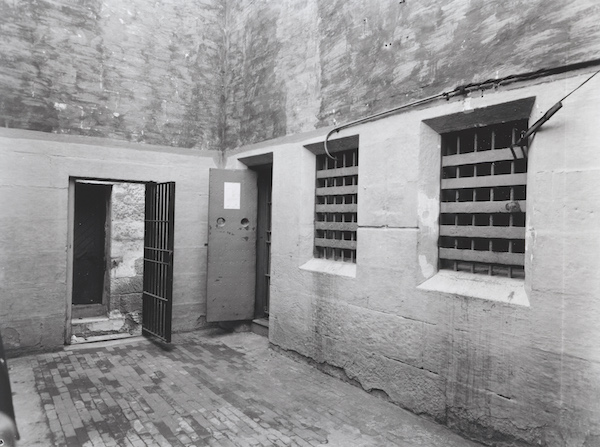
“Fortunately when undertaking a mature age matriculation course in Tasmanian History at Rosny College I had to choose a subject and thus I decided to research and write about the Penitentiary Chapel. In carrying out the research I discovered that The National Trust had an interest in the building. I immediately joined the Trust and, after gaining entry to the building, I conducted a tour of the Trust state committee members through the then quite dilapidated building.”
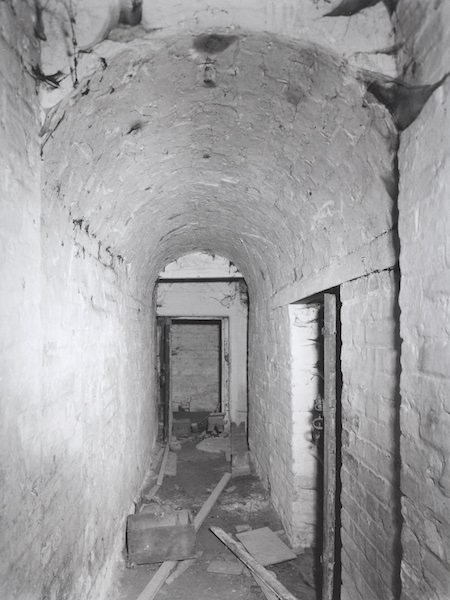
“I tried to convince them to take on the complex which fortunately they did, securing a bicentennial grant to stabilize and partially restore the site.”
Brian worked at the site for many years, as property manager, researcher and curator. Brian, the Trust and many dedicated volunteers restored the Chapel buildings and opened them to tours, on which visitors could experience the beautiful 1830s architecture of the Chapel, the atmospheric cells and corridors, and the gallows.


“We gained a lease of the site from the Tasmanian Government and along with several more grants over the years and with incredible assistance from some amazing committees and dedicated volunteers we developed the Penitentiary Chapel Historic Site into one of Hobart’s premium Colonial Convict tourist attractions.” Brian Rieusset.



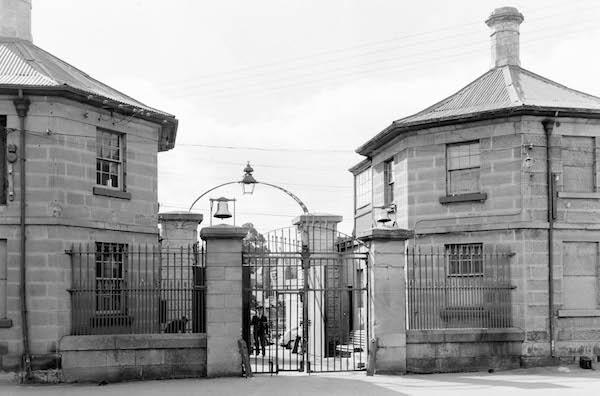
The jail looked a grim place to be. Good that at least some of the historic buildings are preserved.
LikeLike
Oh yes, completely grim. But great that it was captured in those photos, and kept by the Archives Office.
LikeLiked by 1 person
Thank you Brian Rieusset for all your hard work. Brilliant that you saved as much as you did and that it is now a popular tourist site
LikeLike
Yes, it’s quite an achievement, isn’t it.
LikeLike